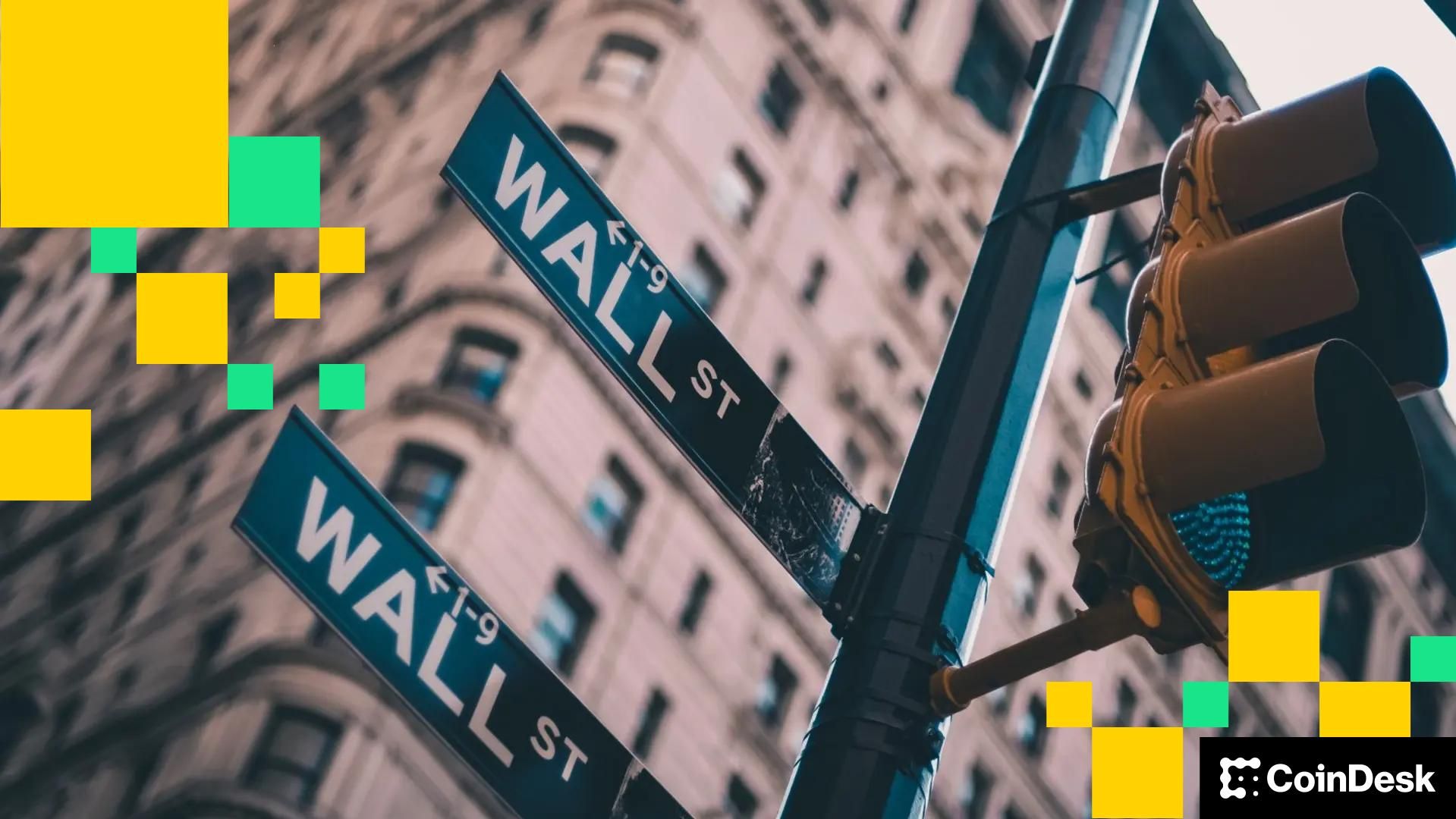
Globally, stablecoins are increasingly subjected to a unified regulatory framework. They must be backed by legitimate, high-grade assets, undergo periodic audits, and interest payments on stablecoin balances are not permitted. This ban on interest is articulated in the GENIUS Act in the U.S., the Markets in Crypto-Assets Regulation (MiCA) in the European Union, and similar laws in Hong Kong and Singapore.
Enforcing the prohibition on interest payments may be challenging. One commonly cited rationale for this restriction is the belief that it will maintain liquidity within the traditional banking sector, where risk management is more closely monitored by regulators and supervisors. However, whether this argument holds merit is debatable, and attempts to circumvent it may lead to unforeseen issues.
Some cryptocurrency exchanges are offering ‘rewards’—while not labeled as “interest”—that closely resemble interest rates for retaining assets in stablecoins. Moreover, in the absence of rewards, users can seamlessly transfer funds into yield-bearing platforms like AAVE. Certain payment services, such as Metamask’s Mastercard debit card, can even perform these actions instantly and automatically during purchases, allowing assets to remain in yield-generating accounts at all times.
In Europe, the regulations underpinning MiCA afford regulators broader authority to inhibit workarounds that could undermine the ban on interest payments, covering rewards and automated portfolio management. This means stablecoin providers would be forbidden from bundling these solutions or offering incentives. However, in most major markets, stablecoins are regarded as “bearer assets” (akin to cash), allowing users a significant degree of freedom in their use. Unlike bank deposits, which remain partially under the bank’s control where they are held.
This practically implies that while regulators can stop stablecoin issuers from disbursing interest, they cannot prevent coin holders from integrating those assets into decentralized finance (DeFi) protocols that do offer interest.
Currently, with interest rates in the U.S. and Europe for basic accounts hovering around 3-4%, it makes financial sense to incur a small transaction fee for transferring assets into yield-generating DeFi protocols. For instance, earning 4% APR on $1,000 over 28 days yields $3.07—significantly more than the anticipated conversion costs involving stablecoins, especially on efficient blockchain networks. Clearly, if we revert to a zero-interest rate environment, this appeal diminishes.
If individuals begin moving assets frequently between stablecoins and interest-accruing investments, potential concerns could emerge regarding large and rapid fund flows between these categories. We could witness substantial liquidations as individuals manage monthly expenses, followed by increased purchases upon receiving wages.
At this moment, the risk is minimal, as asset valuations and transaction volumes on-chain remain small compared to traditional banking. However, this scenario might evolve in the coming years. As the blockchain infrastructure develops, executing millions (or even billions) of automated transactions becomes increasingly achievable. The Ethereum network presently manages approximately 400,000 complex DeFi transactions daily, and with the proliferation of Layer 2 networks atop the mainnet, a vast surplus of capacity remains available for expansion.
If, by some means, a ban on interest payments for stablecoins is successfully enforced, tokenized deposits could emerge as beneficiaries in the blockchain space. Though overshadowed by the focus on stablecoins, deposit tokens represent an intriguing concept backed by JPMorgan Chase (JPMC). Unlike stablecoins, which are bearer assets, a deposit token represents a claim on a bank deposit. Since deposit tokens digitally reflect bank accounts, they can generate yield, albeit with associated counterparty risks.
The ongoing JPMC pilot on Ethereum utilizes a standard ERC-20 token but restricts transactions to an authorized list of clients and partners. Users will need to weigh the advantages of embedded yield against the limitations of working with a permissioned asset in a permissionless ecosystem.
Interestingly, disputes regarding interest payments on bank deposits are not new. Following the 1929 stock market crash, the U.S. government imposed stricter banking and financial regulations. A significant provision in the Banking Act of 1933 — known as Glass-Steagall — was the ban on interest payments for current accounts.
This restriction remained until 1972, when the Consumer Savings Bank of Worcester, Massachusetts, offered a “Negotiable Order of Withdrawal” account—a savings account generating interest automatically linked to a deposit account. Within a few years, these accounts were widely accessible across the U.S.
Why did banks take so long to devise this workaround? The lack of practicality before digital systems became prevalent in banking was a significant factor. No such limitations exist in the blockchain realm.
Regardless, the restriction on interest payments to stablecoin holders seems easily circumvented. This raises an interesting question—why are we repeating historical patterns instead of learning from them and allowing stablecoin providers to pay interest just as banks do?
The opinions expressed in this article are those of the author and do not necessarily reflect the views of the global EY organization or its member firms.
